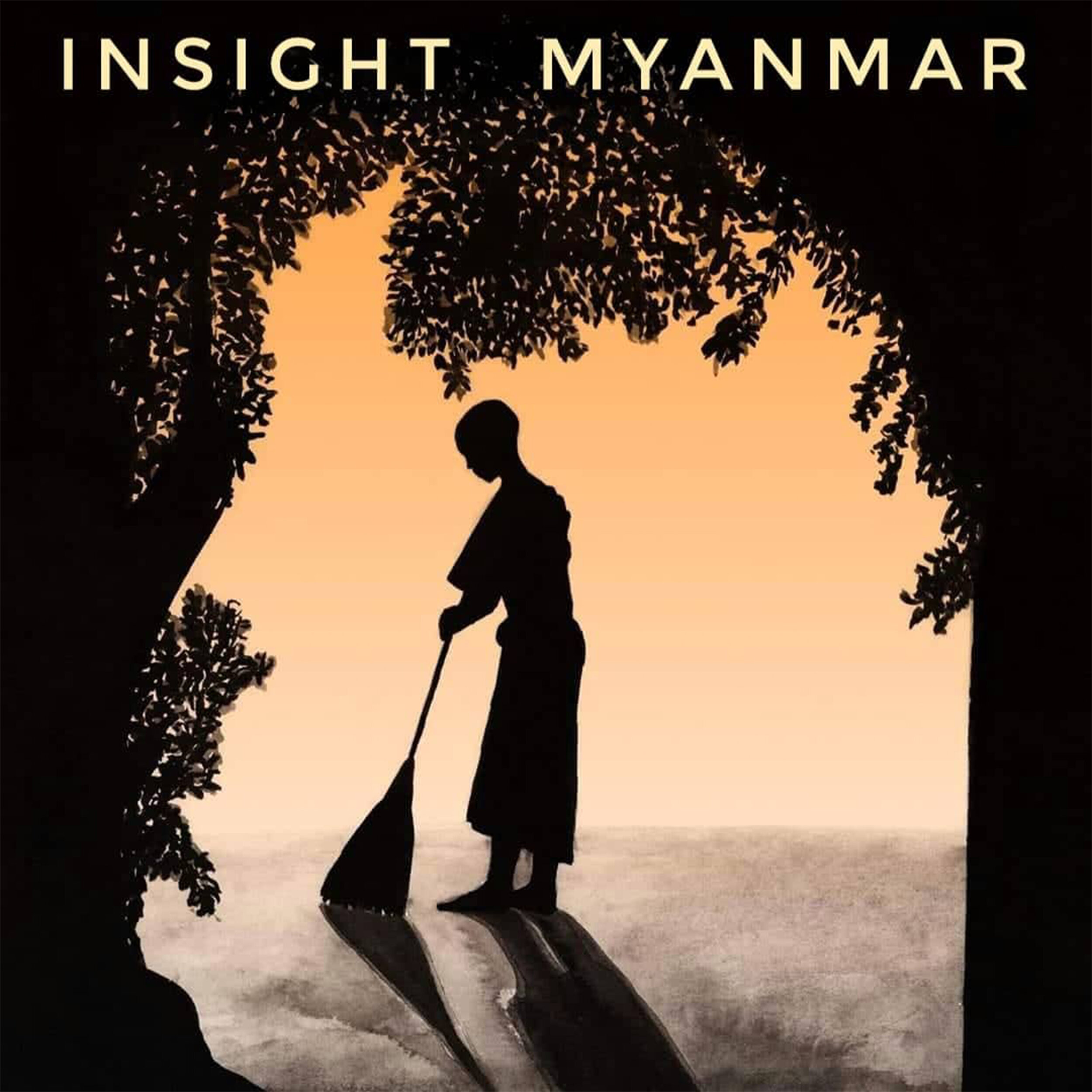Insein Prison: The Depths of Mordor
In a recent podcast episode, Sean Turnell describes how he was arrested five days into the coup in Myanmar. Early in the morning, he received a warning email from an anonymous source, telling him that military intelligence and police had taken over the hotel's security cameras and were monitoring his door. He quickly packed his belongings and informed Andrea Faulkner, the Australian Ambassador, of his situation. Despite considering an escape to the Australian Embassy, he was apprehended by the police and a group of soldiers and plain-clothes officers in the hotel lobby. The situation escalated when the Australian Ambassador arrived, and BBC World Service contacted him for an interview, which was cut short when a police officer took his phone away.
Later, he was abruptly taken from his cell in the middle of the night, put into a police minivan, and driven through the dark, empty streets of Yangon. He was not informed of his destination but realized they were headed northwest towards the city’s infamous Insein Prison. However, his actual destination was the headquarters of the Criminal Investigation Department (CID) of the Myanmar Police, located outside the walls of Insein but in its vicinity, indicating a dire situation for Turnell. In our podcast conversation earlier this year, he describes what unfolded as he stepped into the notorious Insein Prison.
“You just get that overwhelming feeling that you’re entering a dungeon of the sort that, hitherto, I had only ever seen in movies. Extraordinarily despairing.”
Complete and utter horror, just seeing that that old guard house, which of course is deliberately built to intimidate; that's the whole purpose. And I think in the book, I describe it, as something that's always shouting at us, ‘Despair, all of you who enter here!’
It's very medieval-looking, it was built in the 19th century, of course, but the big, old, gnarled door just reminded me so much of a sort of castle you would see out of the Lord of the Rings films, or medieval dramas, this just enormous, old, pitted wooden door, so big that it was hardly ever opened, but a small door to allow the passage of human beings. And me being one of them.
Of course, I'm all chained up, as I'm having to step over the lip of this small door into the guard house. But absolutely medieval is the sort of descriptor I'm going for. And not just the physicality of the guard house itself and the door, but all the accoutrements, even the handcuffs, they weren't the modern sort of handcuffs that the police forces use around the world. They're the old iron chains.
Coming from Australia, we grow up with the story of the convicts, Botany Bay, the [penal] transportation system, and all that; it reminded me of that. It's all just heavy iron that is attached to you. And because the place is incredibly rundown, you just get that overwhelming feeling that you're entering a dungeon of the sort that, hitherto, I had only ever seen in movies. Extraordinarily despairing.
All sorts of emotions come to you, as well, even a sense of shame. I’d been a person who had never even received a parking ticket! I mean, to talk about someone who had a sort of blameless, boring life as an academic. I was the guy who sat at the front of the class taking notes and just avoided trouble my entire life. The idea of being dragged in chains through the doors of this horrifying prison in in Southeast Asia was just beyond unbelievable. It did mean a certain mental disassociation with what was happening.
In the book, I described simultaneously sort of being aware of the horror around me, but also as if I was viewing it, and also actually being very mindful of being able to describe it later. So, I was sort of all ears and eyes and trying to record the whole thing. But certainly horrifying beyond belief, that first entry into the prison.”
